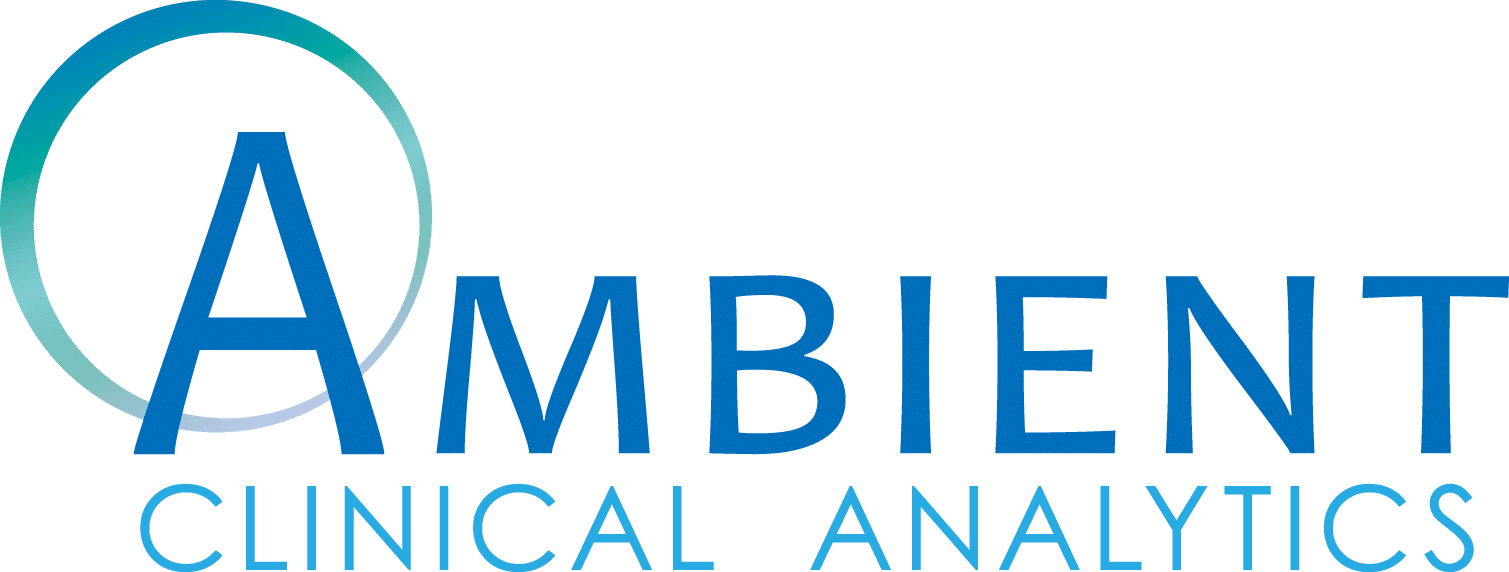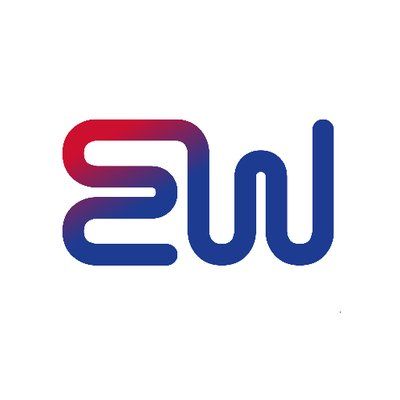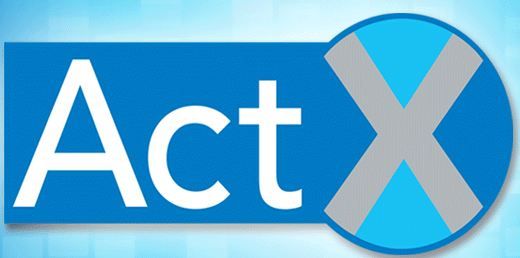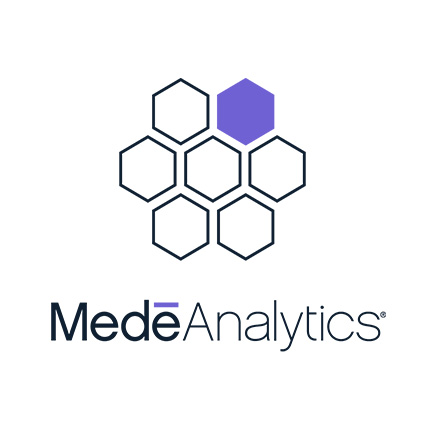Continuity of care, care management, and care optimization; clinical operations, clinical performance, pre-visit and pre-surgery planning; post-acute network management; network, market, and financial performance and insights; population health management and value-based care; quality and safety:
*Embedded EHR predictors enterprise-wide (ambulatory and inpatient settings)
*Hundreds of predictive models built on HDAI’s baseline risks - delivery of baseline, encounter-based risks
*Ambulatory clinical decision support - risk predictions for patients with consult visits to support decisions about the right clinical next step
*Discharge planning - evaluating discharge and next-site-of-care decisions, including SNF/HHA performance insights
*Post-discharge follow-up protocols - ensuring the highest-risk patients receive an appropriate share of support after discharge
*Peri-operative adverse event risk management - focus visits around a patient’s areas of highest risk to enable optimization that improves expected surgical outcomes
*Contracting and network design support - sophisticated network analytics to support decisions for provider performance, recruitment, and network optimization
*ACO patient targeting - smart cohorts focused on demonstrated areas of highest opportunity to enable high-ROI, precise interventions by care managers
*Collaborate on diagnostic-grade models - partnership between data science teams to leverage new data sets to build diagnostic-grade models





















